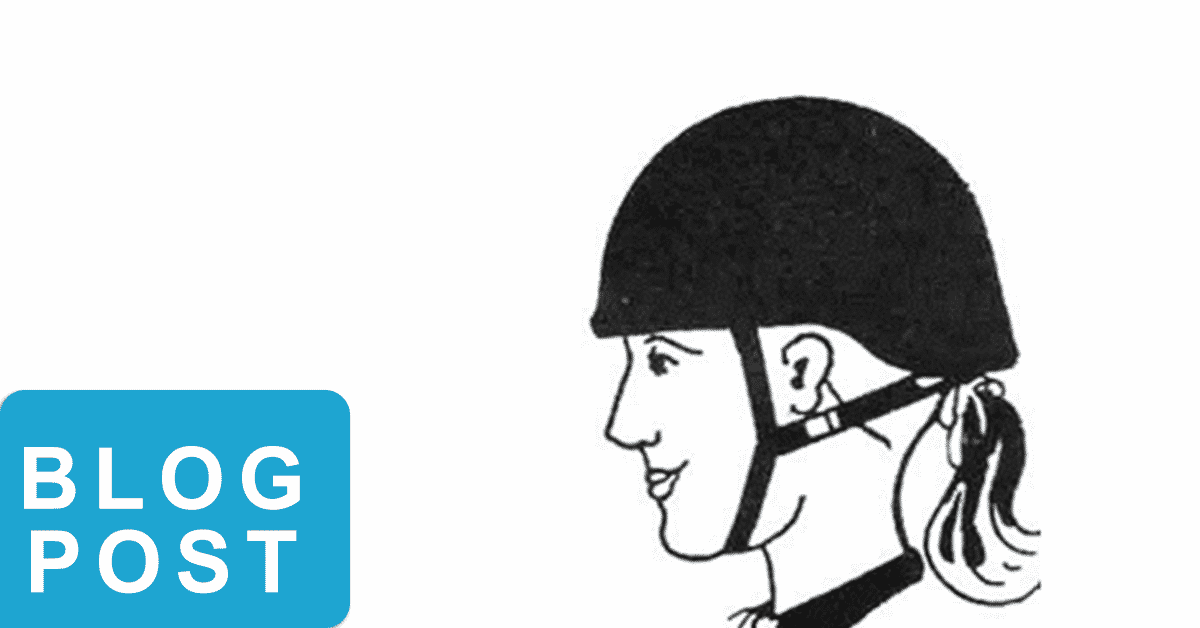1. The front edge of your helmet should sit 1 to 2 cms above the eyebrows. Most head injuries involve impacts to the forehead and temple region. Wearing your helmet as suggested should help ensure these areas are covered.
2. Rear straps should be securely fastened and sit on or just below the earlobe. The chin strap goes under the jaw.
3. All straps should be adjusted so that there is tension on all straps. This is important for helmet stability, and the ability of the helmet to do the job it is meant to do. Hint—Try to avoid buying helmets that are difficult to adjust.
4. THE FINAL GOOD FIT TEST !!! Put your helmet on following rules 1, 2 & 3. Stand in front of a mirror. Keeping your head still, rock the helmet forward and back. The skin on your forehead and your eyebrows should move with the helmet. If it does, this means the helmet is a reasonable fit. But if the skin on your forehead and your eyebrows don’t move with the helmet, your helmet may not be a good fit, or it may not be adjusted properly. If your helmet has interchangeable pads, you could try using other (thicker pads). Or if you have a type of adjustable locking mechanism at the back of your helmet, maybe it could be tighter. If these things don’t work – you may have to look at another size helmet, or, as all heads are different, maybe a different style helmet.
Article Credit: Aussie Rider Safety Pty Ltd, manufacturers of the Aussie Rider Conehead Helmet & the Aussie 21 Helmet
https://www.aussierider.biz/safety

